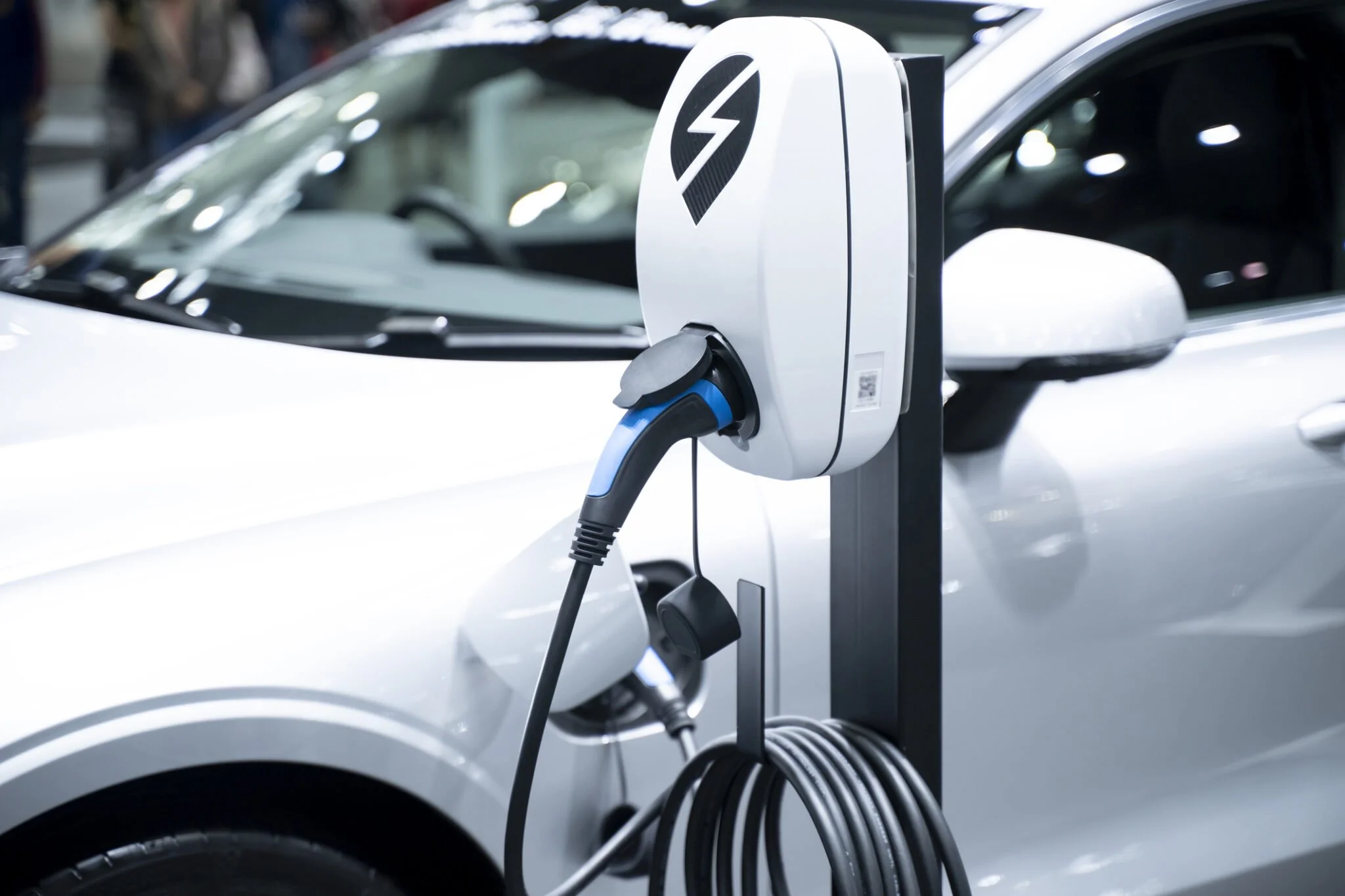The Ohio House of Representatives recently passed a two-year, $12.6 billion transportation budget.
The budget included a number of different provisions, including billions of dollars for pavement and bridges, dollars allocated specifically for economic development projects, and $3 billion for Cincinnati’s Brent Spence Bridge.
One small provision of the bill, however, makes a tweak to the current hybrid car registration process. This change will reduce the registration fee for a plug-in hybrid vehicle from $200 to $100 on Jan. 1, 2024.
Fees for hybrid and electric vehicles have been a bit of a political football over the past few years of Ohio politics. Fiscal conservatives have increased fees hoping to recoup some of the losses to the state from reduced gas tax fees. Environmentalists have decried this policy, saying public policy should be rewarding use of electric and hybrid cars, not discouraging it.
In 2019, Scioto Analysis released a white paper that is pertinent to this conversation. In this paper, we highlight the four major costs of vehicles on the road.
First, there is congestion. The more vehicles on the road, the harder it is to drive and the more time people spend in vehicles driving than at their destination. This exacts a cost on society in the form of time.
Second, there are crashes. More vehicles on the road means more people dying from motor vehicle crashes. This exacts a cost on society in the form of vehicle repair and replacement as well as medical spending and loss of life.
Third, there are emissions. Internal combustion engines emit local emissions that have impacts on local public health and ecosystem health. They also emit carbon, which acts as a greenhouse gas and drives global climate change. These exact costs on society in the form of medical spending, loss of life, and the many dynamic impacts of climate change.
Lastly, more vehicles on the road means more wear and tear on the roads. Since roads are paid for through public spending and are treated as more or less a public good, more vehicles means more costs for taxpayers. This exacts costs on society in the form of more spending on public infrastructure.
Electrification of vehicles (in conjunction with evolution of our energy generation system) can lead to lower emissions. But moving to an electric vehicle will do little for congestion, safety, and infrastructure sustainability.
Gas fees have historically been used as a proxy for infrastructure use. If you drive more, you wear the roads down more. You also buy more gas, which has fees that pay for roads.
The problem the diversification of car fuels presents to this old system of road funding is that now the burden of paying for roads is shifting toward people who have internal combustion engines. This poses concerns for both equity (considering mostly wealthy people own electric cars now) and efficiency (considering those people can now free ride on payments being made by others).
A true 21st-century transportation plan will find a way to implement a vehicle miles traveled fee on all vehicles separate from a gas tax that would capture the cost of emissions. Gas-powered transportation should be more expensive than electric-powered transportation (assuming clean electric generation, which is not really the case today) because of the negative externalities associated with burning of fossil fuels.
Proceeds from fees can be used for rebates for poor drivers or low-income people more broadly, targeted economic development in low-income neighborhoods, or early childhood programs to offset their regressive nature.
We can do transportation policy better in Ohio. And soon enough, we will have to.
This commentary first appeared in the Ohio Capital Journal.


